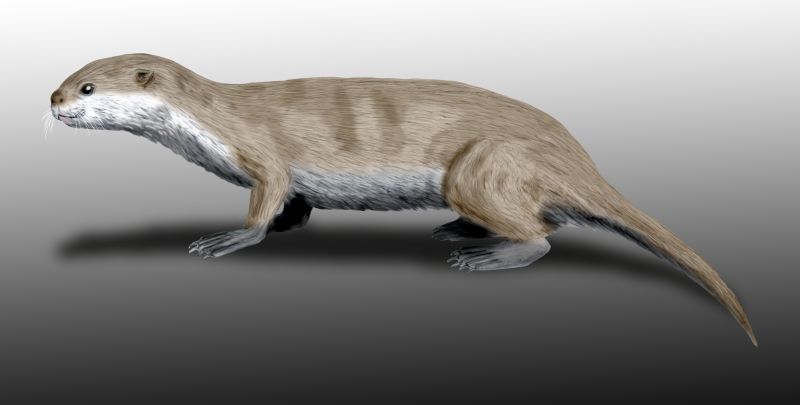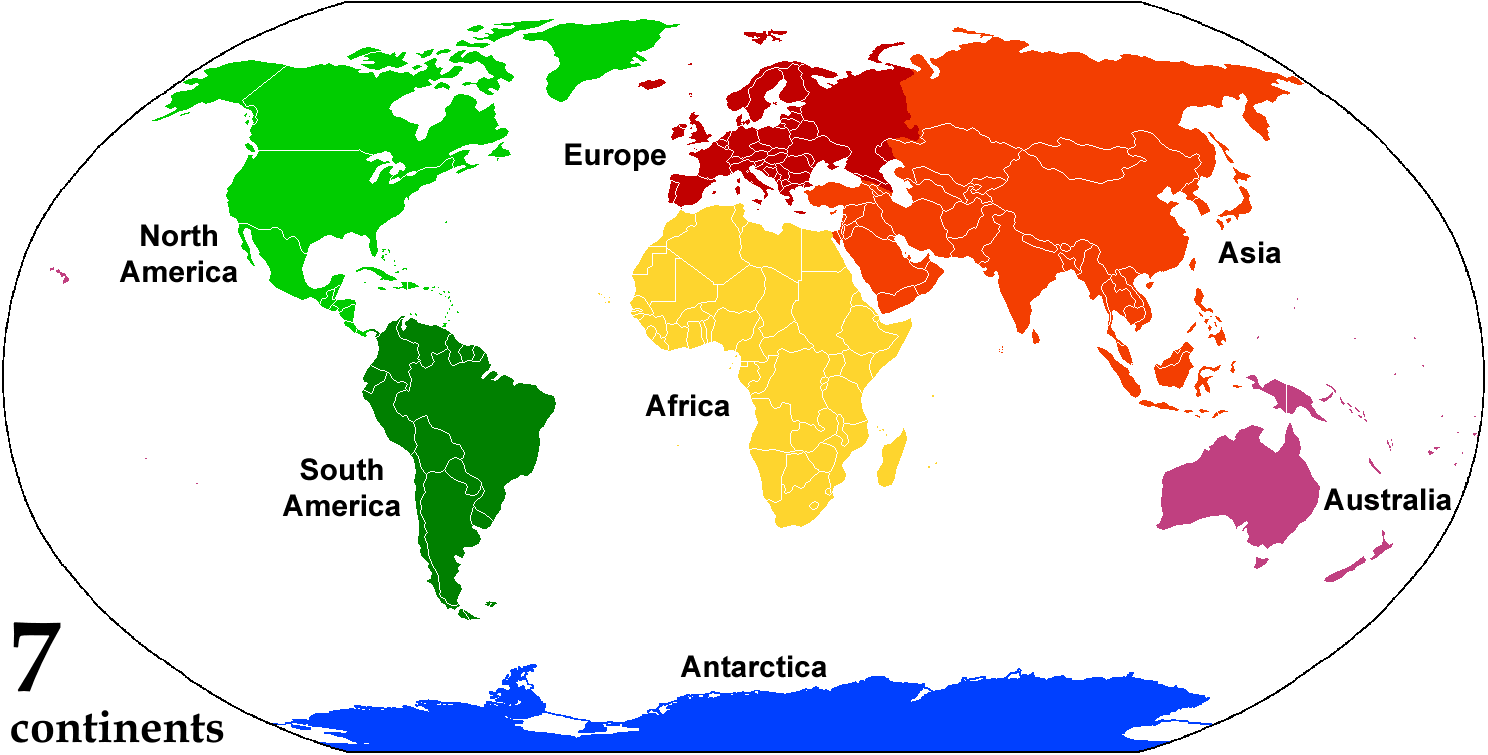|
Culture Of Greenland
The culture of Greenland has much in common with Greenlandic Inuit tradition, as the majority of people are descended from Inuit. Many people still go ice fishing and there are annual dog-sled races in which everyone with a team participates. However, Greenland has now become somewhat of a tourist attraction. It holds contests to attract tourists such as dog racing, ice fishing, hiking, and cross country racing. Inuit Inuit account for 81% (2005) of the population of Greenland. ''CIA World Factbook.'' Retrieved 6 Aug 2012. Hunting is iconic to their culture and most Greenlanders still hunt at least part-time to supplement their diet and provide skins for clothing and kayaks. Thule region The northwest corner of Greenland is known as the Thule people, Thule region. It is roughly the size of Germany, but ...[...More Info...] [...Related Items...] OR: [Wikipedia] [Google] [Baidu] [Amazon] |
Pinniped
Pinnipeds (pronounced ), commonly known as seals, are a widely range (biology), distributed and diverse clade of carnivorous, fin-footed, semiaquatic, mostly marine mammals. They comprise the extant taxon, extant families Odobenidae (whose only living member is the walrus), Otariidae (the eared seals: sea lions and fur seals), and Phocidae (the earless seals, or true seals), with 34 extant species and more than 50 extinct species described from fossils. While seals were historically thought to have descended from two ancestral lines, molecular phylogenetics, molecular evidence supports them as a monophyletic group (descended from one ancestor). Pinnipeds belong to the suborder Caniformia of the order Carnivora; their closest living relatives are musteloids (Mustelidae, weasels, Procyonidae, raccoons, skunks and red pandas), having diverged about 50 million years ago. Seals range in size from the and Baikal seal to the and southern elephant seal. Several species exhibit ... [...More Info...] [...Related Items...] OR: [Wikipedia] [Google] [Baidu] [Amazon] |
Subsistence Economy
A subsistence economy is an economy directed to basic subsistence (the provision of food, clothing and shelter) rather than to the market. Definition "Subsistence" is understood as supporting oneself and family at a minimum level. Basic subsistence is the provision of food, clothing, shelter. A subsistence economy is an economy directed to one's subsistence rather than to the market. Often, the subsistence economy is moneyless and relies on natural resources to provide for basic needs through hunting, gathering, and agriculture. In a subsistence economy, economic surplus is minimal and only used to trade for basic goods, and there is no industrialization. In hunting and gathering societies, resources are often, if not typically underused. The subsistence system is maintained through sharing, feasting, ritual observance and associated norms. Harvesting is an important indicator of social capital. Subsistence embodies cultural perspectives of relationships to places, people and ... [...More Info...] [...Related Items...] OR: [Wikipedia] [Google] [Baidu] [Amazon] |
:Category:Culture Of Greenland
{{cat main, culture of Greenland Greenlandic Greenlandic Culture Culture Culture ( ) is a concept that encompasses the social behavior, institutions, and Social norm, norms found in human societies, as well as the knowledge, beliefs, arts, laws, Social norm, customs, capabilities, Attitude (psychology), attitudes ... .Greenlandic Culture by island ... [...More Info...] [...Related Items...] OR: [Wikipedia] [Google] [Baidu] [Amazon] |
Parliament Of Greenland
The Inatsisartut (, ; ), also known as the Parliament of Greenland in English, is the unicameral parliament (legislative branch) of Greenland, an autonomous territoryMultiple sources: * * * in the Danish Realm. Established in 1979, the parliament convenes in the Inatsisartut building, located on an islet in Nuuk Centrum in central Nuuk. The Inatsisartut is composed of 31 members, who are elected for four-year terms through proportional representation. Its functions include electing its presidium, debating and passing legislation, scrutinizing the government, and discussing financial matters. The Prime Minister is elected by the Inatsisartut, and appoints the members of the Naalakkersuisut (Government) with parliamentary approval. The parliament has the authority to remove the cabinet or an individual minister through a vote of no confidence. The Prime Minister holds the prerogative to call for an early election, dissolving the parliament. History of the parliament The P ... [...More Info...] [...Related Items...] OR: [Wikipedia] [Google] [Baidu] [Amazon] |
Henriette Rasmussen
Henriette Ellen Kathrine Vilhelmine Rasmussen née Jeremiassen (8 June 1950 – 2017) was a Greenlandic educator, journalist, women's rights activist and politician. In 1992, she provided support for the adoption of the UN Convention on the Rights of the Child and in 1996, was appointed principal advisor to the ILO in connection with the 1989 Indigenous and Tribal Peoples Convention. As a member of Inuit Ataqatigiit from the early 1980s, she strove for Greenlandic independence from Denmark and served as Greenland's Minister of Culture and Education (2003–2005). Early life Born in Qasigiannguit in western Greenland on 8 June 1950, Henriette Ellen Kathrine Vilhelmine Jeremiassen was the daughter of Jens Emil Axel Jeremiassen (1919–93), a skipper, and Birthe Marie Margrethe Møller (born 1924), a factory worker. The eldest daughter in a family of eight children, she was brought up to recognize the equality of the sexes and to appreciate the importance of education. As a teenager, ... [...More Info...] [...Related Items...] OR: [Wikipedia] [Google] [Baidu] [Amazon] |
Hunter-gatherers
A hunter-gatherer or forager is a human living in a community, or according to an ancestrally derived lifestyle, in which most or all food is obtained by foraging, that is, by gathering food from local naturally occurring sources, especially wild edible plants but also insects, fungi, honey, bird eggs, or anything safe to eat, or by hunting game (pursuing or trapping and killing wild animals, including catching fish). This is a common practice among most vertebrates that are omnivores. Hunter-gatherer societies stand in contrast to the more sedentary agricultural societies, which rely mainly on cultivating crops and raising domesticated animals for food production, although the boundaries between the two ways of living are not completely distinct. Hunting and gathering was humanity's original and most enduring successful competitive adaptation in the natural world, occupying at least 90 percent of human history. Following the invention of agriculture, hunter-gatherers w ... [...More Info...] [...Related Items...] OR: [Wikipedia] [Google] [Baidu] [Amazon] |
Continent
A continent is any of several large geographical regions. Continents are generally identified by convention (norm), convention rather than any strict criteria. A continent could be a single large landmass, a part of a very large landmass, as in the case of Asia or Europe within Eurasia, or a landmass and nearby islands within its continental shelf. Due to these varying definitions, the number of continents varies; up to seven or as few as four geographical regions are commonly regarded as continents. Most English-speaking world, English-speaking countries recognize seven regions as continents. In order from largest to smallest in area, these seven regions are Asia, Africa, North America, South America, Antarctica, Europe, and Australia (continent), Australia (sometimes called Oceania or Australasia). Different variations with fewer continents merge some of these regions; examples of this are merging Asia and Europe into Eurasia, "Most people recognize seven continents—Asia, ... [...More Info...] [...Related Items...] OR: [Wikipedia] [Google] [Baidu] [Amazon] |
North America
North America is a continent in the Northern Hemisphere, Northern and Western Hemisphere, Western hemispheres. North America is bordered to the north by the Arctic Ocean, to the east by the Atlantic Ocean, to the southeast by South America and the Caribbean Sea, and to the south and west by the Pacific Ocean. The region includes Middle America (Americas), Middle America (comprising the Caribbean, Central America, and Mexico) and Northern America. North America covers an area of about , representing approximately 16.5% of Earth's land area and 4.8% of its total surface area. It is the third-largest continent by size after Asia and Africa, and the list of continents and continental subregions by population, fourth-largest continent by population after Asia, Africa, and Europe. , North America's population was estimated as over 592 million people in list of sovereign states and dependent territories in North America, 23 independent states, or about 7.5% of the world's popula ... [...More Info...] [...Related Items...] OR: [Wikipedia] [Google] [Baidu] [Amazon] |
Reindeer Carry Kasper
The reindeer or caribou (''Rangifer tarandus'') is a species of deer with circumpolar distribution, native to Arctic, subarctic, tundra, boreal, and mountainous regions of Northern Europe, Siberia, and North America. It is the only representative of the genus ''Rangifer''. More recent studies suggest the splitting of reindeer and caribou into six distinct species over their range. Reindeer occur in both migratory and sedentary populations, and their herd sizes vary greatly in different regions. The tundra subspecies are adapted for extreme cold, and some are adapted for long-distance migration. Reindeer vary greatly in size and color from the smallest, the Svalbard reindeer (''R.'' (''t.'') ''platyrhynchus''), to the largest, Osborn's caribou (''R. t. osborni''). Although reindeer are quite numerous, some species and subspecies are in decline and considered vulnerable. They are unique among deer (Cervidae) in that females may have antlers, although the prevalence of antler ... [...More Info...] [...Related Items...] OR: [Wikipedia] [Google] [Baidu] [Amazon] |
Anoraks
A parka, like the related anorak, is a type of coat with a hood, that may be lined with fur or fake fur. Parkas and anoraks are staples of Inuit clothing, traditionally made from caribou or seal skin, for hunting and kayaking in the frigid Arctic. Some Inuit anoraks require regular coating with fish oil to retain their water resistance. Parkas are typically longer, often extending to the thighs or knees. Anoraks are usually shorter than parkas, often hip-length, and are traditionally a pull-over jacket. The words ''anorak'' and ''parka'' have been used interchangeably, but they are somewhat different garments. Strictly speaking, an anorak is a waterproof, hooded, pull-over jacket without a front opening, and sometimes drawstrings at the waist and cuffs, and a parka is a hip-length cold-weather coat, typically stuffed with down or very warm synthetic fiber, and with a fur-lined hood. Etymology The word ''anorak'' comes from the Greenlandic (''Kalaallisut'') word ''annoraaq''. ... [...More Info...] [...Related Items...] OR: [Wikipedia] [Google] [Baidu] [Amazon] |
Polar Bear
The polar bear (''Ursus maritimus'') is a large bear native to the Arctic and nearby areas. It is closely related to the brown bear, and the two species can Hybrid (biology), interbreed. The polar bear is the largest extant species of bear and land carnivore, with adult males weighing . The species is sexually dimorphic, as adult females are much smaller. The polar bear is white- or yellowish-furred with black skin and a thick layer of fat. It is more slender than the brown bear, with a narrower skull, longer neck and lower shoulder hump. Its teeth are sharper and more adapted to cutting meat. The paws are large and allow the bear to walk on ice and paddle in the water. Polar bears are both terrestrial and Pagophily, pagophilic (ice-living) and are considered marine mammals because of their dependence on marine ecosystems. They prefer the annual sea ice but live on land when the ice melts in the summer. They are mostly carnivorous and specialized for preying on pinniped, se ... [...More Info...] [...Related Items...] OR: [Wikipedia] [Google] [Baidu] [Amazon] |







